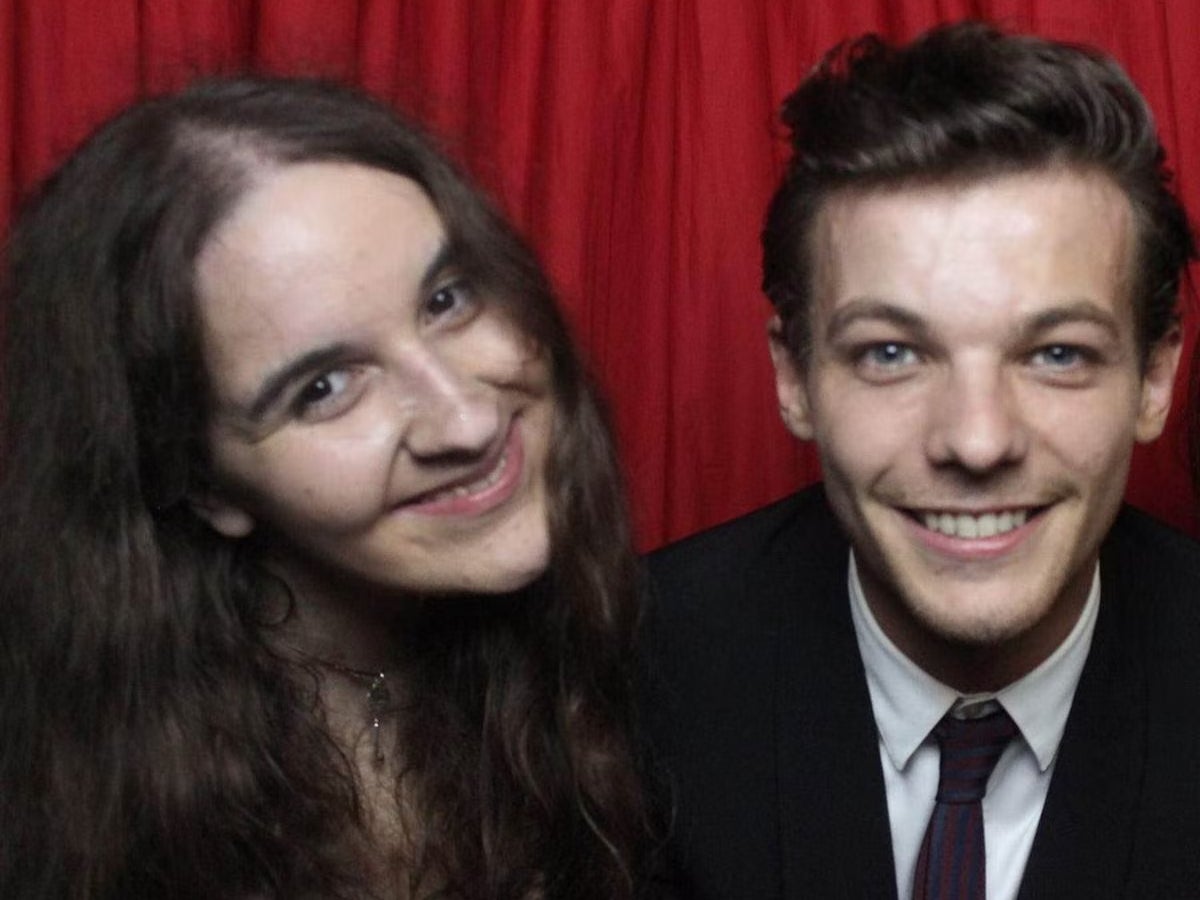
On a warm August evening in 2015, One Direction’s Louis Tomlinson and Liam Payne arrived at London’s Natural History Museum to the sounds of wild teenage screams. They were guests of the “Cinderella Ball”, a fundraising gala hosted by Believe in Magic, an organisation founded to “bring magic” to the lives of terminally ill children. In just two years, Believe in Magic had granted hundreds of wishes to some of the most vulnerable young people in the UK, drawing celebrity endorsement in the process and making a star of its founder – a teenage girl with a brain tumour herself. Or, at least, that’s what young Megan Bhari and her mother Jean had claimed.
At 13, Megan had been diagnosed with idiopathic intracranial hypertension – a build-up of pressure on the brain. She began blogging about treatment and endless hospital appointments, finding a community of other teenagers experiencing much of the same. Believe in Magic was founded when she was 16, shortly after Jean revealed that her daughter’s condition had worsened. The charity grew in status from there – famous people got involved, Harry Styles’s mother joined a 10-day trek up Mount Kilimanjaro that they hosted, while then PM David Cameron praised Megan’s “extraordinary courage”.
Others in the cancer community, though, began to smell a rat. When Jean announced on Facebook that Megan’s brain tumour had grown “tentacles” that had wrapped around her daughter’s brain stem – and that she needed supporters to donate £120,000 for emergency treatment in the US – questions arose. Why was the pair’s JustGiving page so scant on details? And why, after further calls for donations, were the pair found to be staying in a luxury hotel at a Disneyland resort while Megan was apparently hooked up to IVs in a hospital and fighting for her life? Miraculously, Megan’s condition stabilised weeks later. But a private investigator found no evidence of the “huge oxygen concentrator” Megan was apparently given in the US, while ambiguous photographs of the pair unloading heavy luggage after their trip lent further weight to the growing theory that Megan had never been sick in the first place. But then, in 2018, Megan died, aged just 23. So had she actually been ill all along, or was the truth darker than even the sleuths thought?
A new BBC Sounds podcast, also called Believe in Magic, suggests that Megan may have been the victim of an extreme case of fabricated or induced illness (FII) – a rare condition previously known as Munchausen syndrome by proxy, in which a parent exaggerates symptoms of illness or even makes their children sick or physically incapacitated for attention. In the podcast, Professor Marc Feldman, one of the world’s most renowned experts on factitious disorders, suggests that Megan’s case “screams” of FII. It is still a little understood and under-recognised condition, with claims that Megan or her mother “faked” her brain tumour not being strictly correct.
Jamie Bartlett is the author and journalist who dived into Megan’s story for the podcast, and tells me that it was “an extremely difficult case” to work on. An inquest did find that Megan was ill, he says, “but not of the thing she claimed; nor to the severity she claimed. I think perhaps some people assume that either Munchausen sufferers, or victims of FII, are perfectly healthy. And in many cases that is certainly not the case.” A post-mortem examination found that Megan did not have a brain tumour, but that she did have severe fatty liver disease and had been treated for opioid dependency.
Jean O’Brien maintains to this day that her daughter had a brain tumour, and that the pair were targeted by trolls online. “I loved and cared for my daughter,” she said in a statement to the BBC. “Suggesting I might have harmed her in any way at all is absolutely sickening.”
Whether or not Megan was genuinely sick with a brain tumour as her mother insists, at the heart of her story is the internet, and – merely armed with some emotionally charged words and a basic knowledge of medical jargon – how easy it can be to convince hundreds of thousands of people that you are seriously ill. “I don’t think it’s easy to tell if someone is ‘genuinely sick’ simply via the internet,” Bartlett says. Indeed, Professor Feldman seems to suggest in the series that a relatively high number of “Make-A-Wish”-style charities or donations pages may be linked to cases of FII. It’s an extremely worrying thought. How can anyone tell? What potential signs might there be that someone is not “genuinely sick”, but the victim of complex abuse?
Sadly, I think Megan had become an illness influencer of sorts— Jamie Bartlett
“I assume that the overwhelming, vast majority of these ‘Make-A-Wish’-type beneficiaries are genuine,” Bartlett stresses. “When Professor Feldman says ‘relatively high’, I think he means relative to what people would assume or expect – and is basing that on his own direct experience of cases he has been involved in.” Yet there are still so many troubling things at work here: the way suffering performed online can provide an adjacency to celebrity, and how sickness can itself create celebrities; the way the internet can both provide a valuable and supportive community for people who are sick, but also potentially be a harmful tool, leading to the rise of so-called “illness influencers” on social media.
This is somewhat familiar ground for Bartlett. In his book The Dark Net, which covered self-harm and forums that promoted eating disorders, he wrote explicitly about the internet’s dual capacity for help and for harm. “What I found was that there were entire communities where people who were unwell or struggling could find a lot of online support and assistance,” he explains. “In some cases this could be fantastic – especially in quite niche conditions where people might live many miles from other people with similar difficulties. But there were also communities where people felt they were finding help and understanding, and were in fact getting the opposite.”
He continues: “In some places people were praised for cutting or for extreme dieting, or encouraged to stick to 250 calorie a day diets, or told repeatedly [that] only other members of the ‘pro-ana’ or self-harm community really understood them. It normalised some very dangerous behaviour.”
“Sadly, I think Megan had become an illness influencer of sorts,” he says. “Her purported life-threatening condition was wrapped up in the story of Believe in Magic. As that person she was praised and got to meet stars, as well as help people.” Similar to the cases he discovered on pro-ana forums, Bartlett says that it seemed the more ill Megan claimed to be, “the more attention she would receive. Unfortunately that can create a perverse incentive to continue that behaviour”.

Jean has dropped out of the spotlight since her daughter’s death and the removal of Believe in Magic from the Register of Charities in 2020. Bartlett admits that he has difficulty in coming to a conclusion on the entire situation. “I don’t doubt [Jean] is a grieving mother,” he says. “It is possible to swing between sympathy and anger depending on what part of the story you wish to focus on.”
“Ultimately,” he adds, “it’s very hard to know what Megan’s motivations were for talking about her illness so much.” The evidence uncovered in the podcast certainly points to her having been conditioned to behave like that. But, as with every story, there is another side. “I’d also really like to stress that Megan and Believe in Magic did bring a lot of joy into people’s lives,” Bartlett says. The children the charity helped were real. The magical experiences they were given were genuine. “Both her and Jean undoubtedly worked very hard to do that. Sometimes that can be lost.”
‘Believe in Magic’ is available via BBC Sounds







